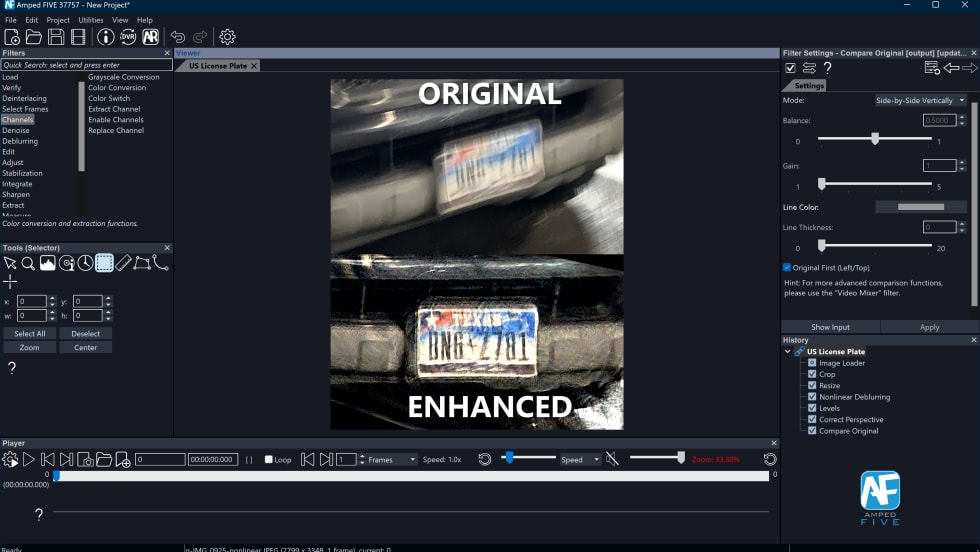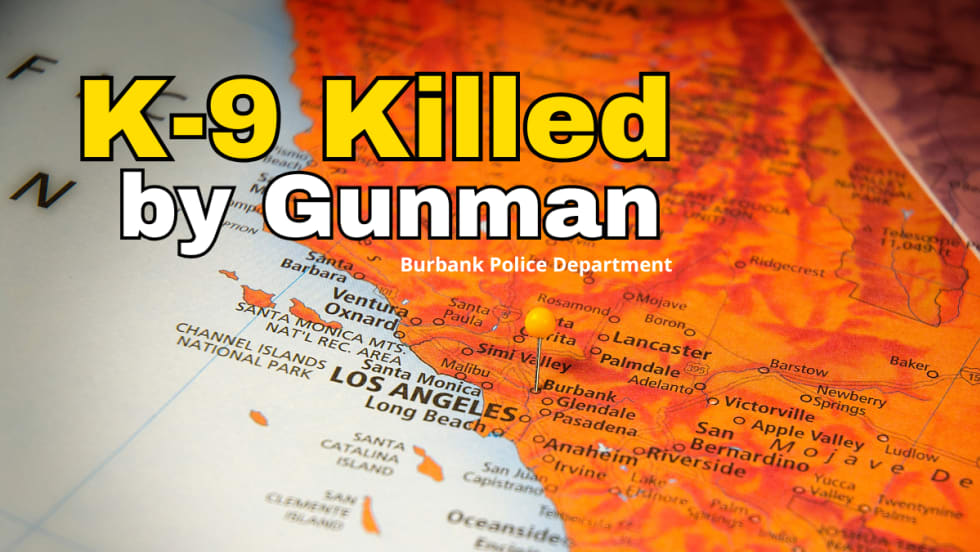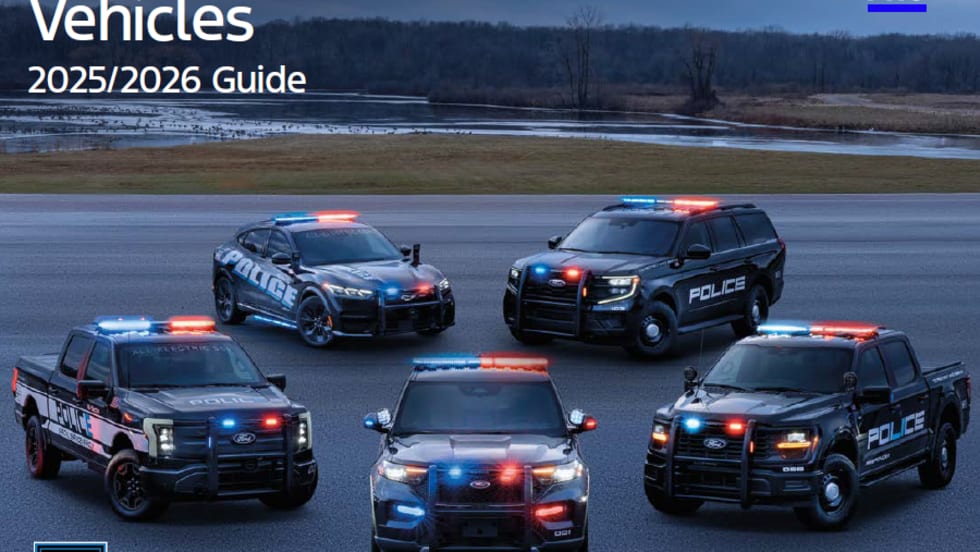For the first time in 14 years, the number of officers killed by gunfire (68) surpassed the number killed in traffic-related accidents (64).
The rise in gunfire fatalities can be at least partially attributed to police manpower shortages caused by layoffs, downsized training budgets, and increasingly determined violent criminals, said Craig Floyd, NLEOMF's chairman and chief executive.
"Perhaps the most alarming part of the story is, if you go back two years, we had been on the heels of a two-year decline in law enforcement fatalities," Floyd told POLICE Magazine. "In 2009, we saw the lowest fatality number in 50 years."
Traffic-related line-of-duty deaths such as police-vehicle accidents or officers being struck have surpassed gunfire deaths for the past 14 years. However, historically gunfire has claimed many more officers. About 56% of the officers honored on walls of the National Law Enforcement Officers Memorial are gun-related.
"There were guns out there long before there were automobiles," Floyd said.












